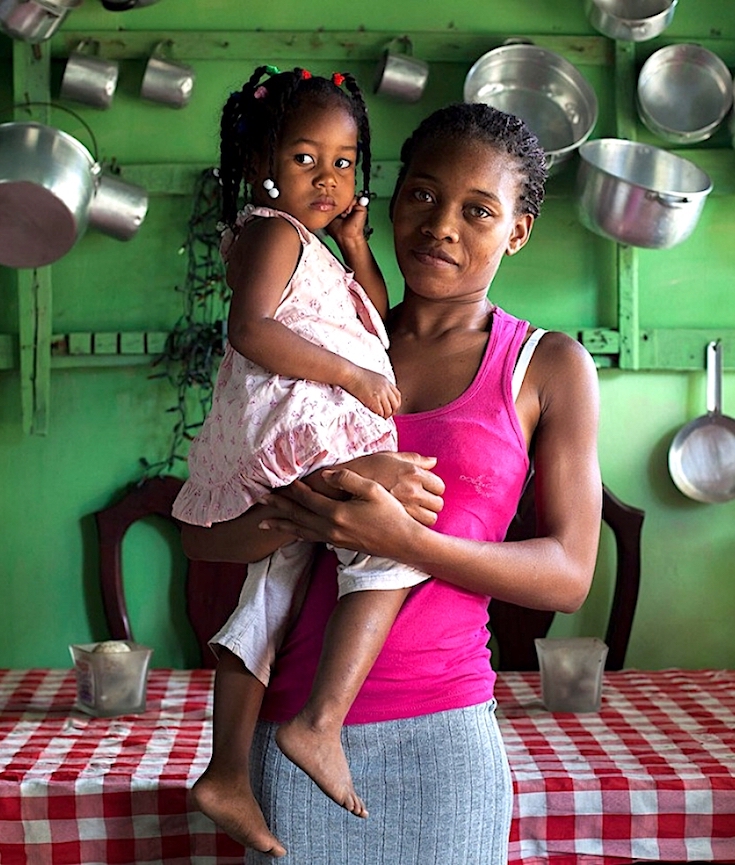That’s why the Black Alliance for Just Immigration is now fighting to aid the nearly 50,000 Haitians and 4,000 Somali immigrants at risk of being ousted from the U.S.
The advocacy group, comprised of Black Americans and Black immigrants from Africa, Latin America and the Caribbean, has since called on lawmakers to halt the mass deportation of migrants from both nationalities. The extraditions have left BAJI activists anxious for those who fled dangerous situations in their home countries — only to be sent back there.
[mc4wp_form id=”6042″]


Haiti, officially the Republic of Haiti and formerly called Hayti, is a country located on the island of Hispaniola in the Greater Antilles archipelago of the Caribbean Sea. It occupies the western three-eighths of the island, which it shares with the Dominican Republic. Haiti is 27,750 square kilometres (10,714 sq mi) in size and has an estimated 10.6 million people, making it the most populous country in the Caribbean Community (CARICOM) and the second-most populous country in the Caribbean as a whole.
The region was originally inhabited by the indigenous Taíno people. Spain discovered the island on 5 December 1492 during the first voyage of Christopher Columbus across the Atlantic. When Columbus initially landed in Haiti, he had thought he had found India or Asia. On Christmas Day 1492, Columbus’ flagship the Santa Maria ran aground north of what is now Limonade. As a consequence, Columbus ordered his men to salvage what they could from the ship, and he created the first European settlement in the Americas, naming it La Navidad after the day the ship was destroyed.
The island was named La Española and claimed by Spain, which ruled until the early 17th century. Competing claims and settlements by the French led to the western portion of the island being ceded to France, which named it Saint-Domingue. The development of sugarcane plantations, worked by slaves brought from Africa, led to the colony being among the most lucrative in the world. (Wikipedia)



You must be logged in to post a comment.